
3Rensho pantograph (and photo) by La Vie Velo Classique
When you’re so close to perfection on a classic bike build, how do you “take it to the next level”? The answer, my friends, are pantographed parts. These are components that are custom engraved using a pantograph milling machine. Usually the brand name of the bicycle is engraved, although sometimes a bicycle owner will also have their own name added. It’s considered a “lost art” nowadays, making it nearly impossible to get new parts engraved. Vintage examples are usually expensive, often costing two to four times the price of the same component without engraving. Parts engraved with rare marques like 3Rensho command astronomical prices when they appear on the market.
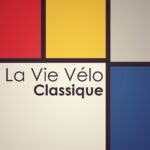 That’s why I’m excited to have discovered La Vie Velo Classique! Based in Hungary, master craftsman Ábrahám Zsolt uses a traditional pantograph machine to create new and beautiful works of art for vintage bicycles. He recently made the above 3Rensho pantographed crank set for me, and I was blown away with the finished results. The quality of his work is absolutely top-notch, and indistinguishable from original vintage examples. Read on to learn more about La Vie Velo Classique and the lost art of “panto parts”.
That’s why I’m excited to have discovered La Vie Velo Classique! Based in Hungary, master craftsman Ábrahám Zsolt uses a traditional pantograph machine to create new and beautiful works of art for vintage bicycles. He recently made the above 3Rensho pantographed crank set for me, and I was blown away with the finished results. The quality of his work is absolutely top-notch, and indistinguishable from original vintage examples. Read on to learn more about La Vie Velo Classique and the lost art of “panto parts”.
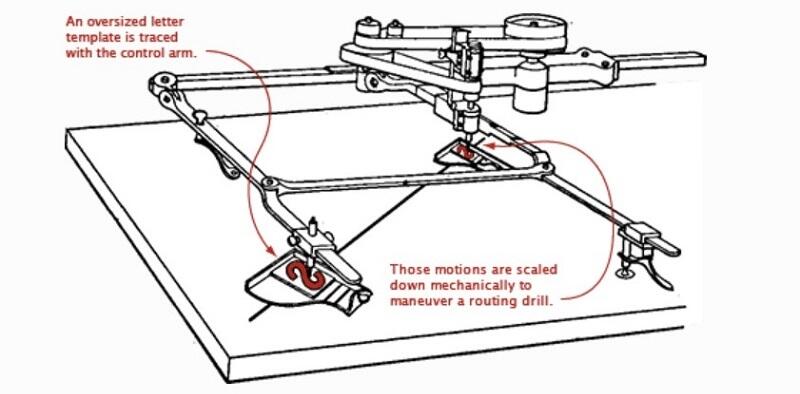
Image courtesy Nick Sherman via Coco’s Variety
A pantograph mill uses a master pattern and a set of linked control arms to replicate the pattern onto a component using a routing drill. This video on YouTube by OLDBICI shows the process of engraving a crank set. Here is what the 3Rensho pantograph looked like right after it was done:
After completing the engraving, it is filled in using a bold color paint to make it “pop” visually. In the case of my crankset, black was used to match the other pantographed parts on my bike, but bright colors are often chosen to compliment the color scheme of the bike. This video by La Vie Velo Classique on Instagram shows the process of adding paint to the finished engraving. Ray Dobbins’ website has a great article on how to get the best results with paint, which is useful if you’re restoring vintage components or just want to add some new flair to your bike.
The most commonly pantographed parts are stems, seat posts, and chain rings. Crank arms, brakes, brake levers, shifters, and even derailleurs are sometimes pantographed as well. Italian marques like Colnago, Pinarello, and Somec were known for equipping top-end models with entire sets of matching pantographed parts. My favorite Japanese marque Zunow also made extensive use of pantographed components, of which I have a large collection. This thread on BikeForums has some great examples of panto parts from a variety of brands.
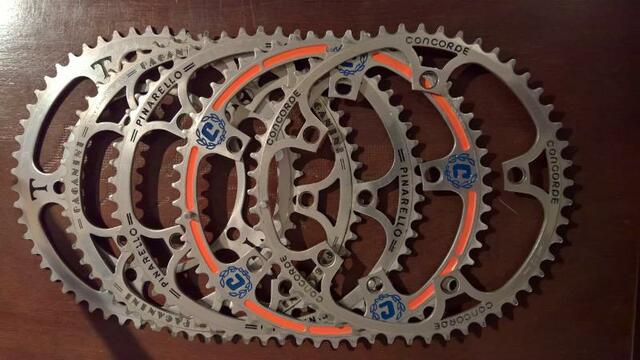
Photo courtesy DCI Steel Racing Bicycles
It should be noted that not all engraved logos on bicycles are the products of pantographing. Steel bicycle frames are not pantographed, despite sometimes being incorrectly described as such on eBay. Logos, symbols, or cut-outs found on lugs, seat stay caps, fork crowns, dropouts and bottom brackets are generally cast into them or mechanically stamped during the manufacturing process. Frame builders may custom make lugs and bottom brackets as well, using milling machines or hand files. Below are some examples of bicycle frame details that are not pantographed:
Parts may also have logos stamped into them at the factory; typically one can tell the difference by looking at the depth and thickness of the logo. Stamping allows for thinner, shallow lines and smaller logos, while engraved fonts or logos will be larger and deeper. Below, contrast the stamped “Legnano” logo on the hub on the left to the pantographed 3Rensho hub on the right:
A similar, but different process than pantographing is the use of milling machines to cut away areas of components in order to make them lighter. Popular in the 1970s, this is now referred to as “drillium”. It was usually done as an after-market modification, although some manufacturers offered factory-drilled components. Drillium is its own subject, but generally the difference is that pantographing was done to engrave a logo or name while drillium involves the cutting of holes, shapes, or flutes into parts.
Ordering this custom crank set from La Vie Velo Classique was a bit involved, but Ábrahám was a pleasure to work with. I first discovered his business via eBay, where he was selling a 3Rensho pantographed seat post he’d made. I got in touch via Instagram and then moved the conversation to email (click here for his email address). I told him I wanted a 3Rensho engraving on a Dura Ace FC-7400 crank set, and offered to ship him one. Instead, he found one locally in Hungary that was in excellent condition, and charged a very reasonable price for it. The pantograph work took about two weeks and he shared photos & video of the process. Shipping to the USA was easy as well, and within a month of first contacting La Vie Velo Classique, I was holding this work of art in my hands.
The total price was $350, which included the cost of the crank, his labor, and shipping. For perspective, if I was even lucky enough to find an original vintage 3Rensho pantographed crankset, it would have cost at least twice that amount. I would highly recommend La Vie Velo Classique to anyone looking to take their vintage bike “to the next level”!
Currently, it looks like he offers Colnago and 3Rensho custom pantographing, although he may add other brands in the future. Since the pantograph process requires a master pattern to be made out of steel for each logo, it takes significant effort to make new ones. Keep an eye on the La Vie Velo Classique Instagram for updates, and if anyone out there wants to do a joint order with me to see if he would make some Zunow or Kalavinka panto parts, get in touch in the comments section.

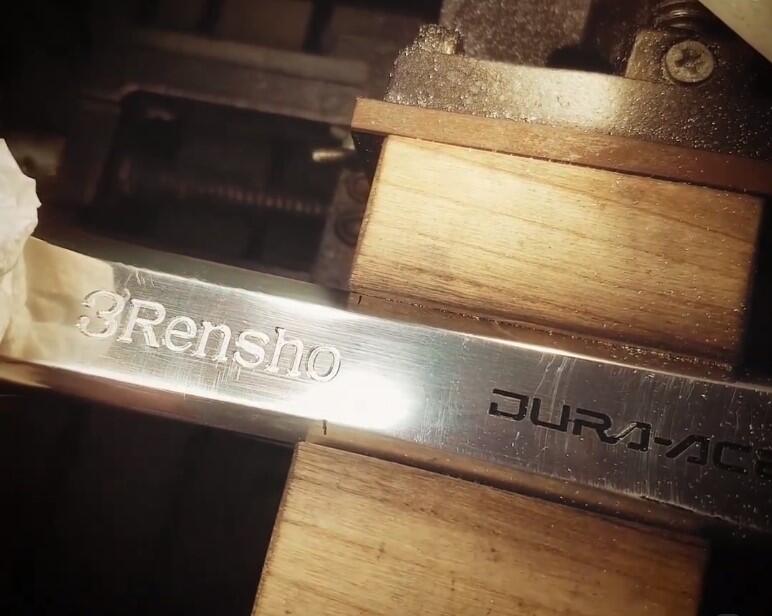
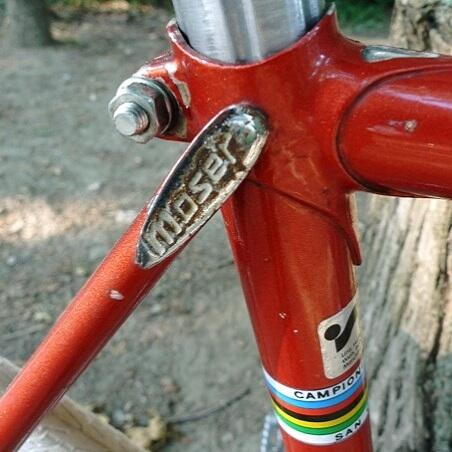

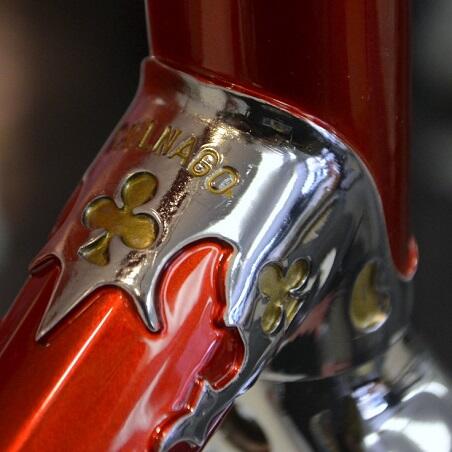
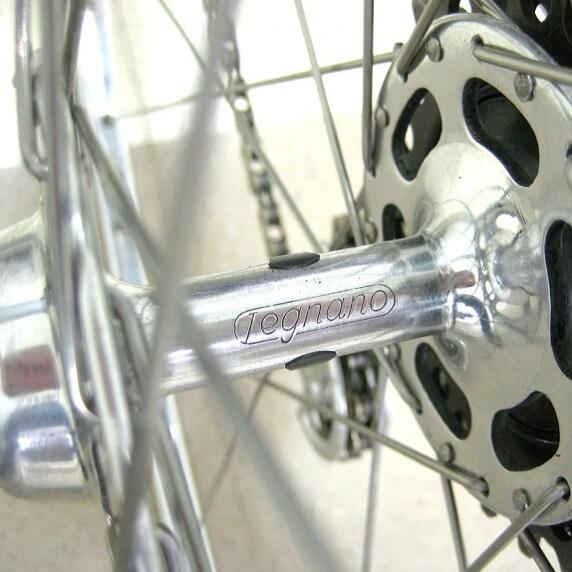
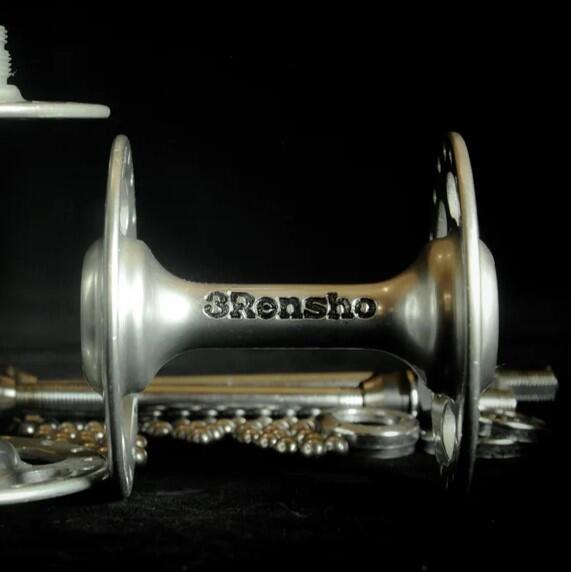
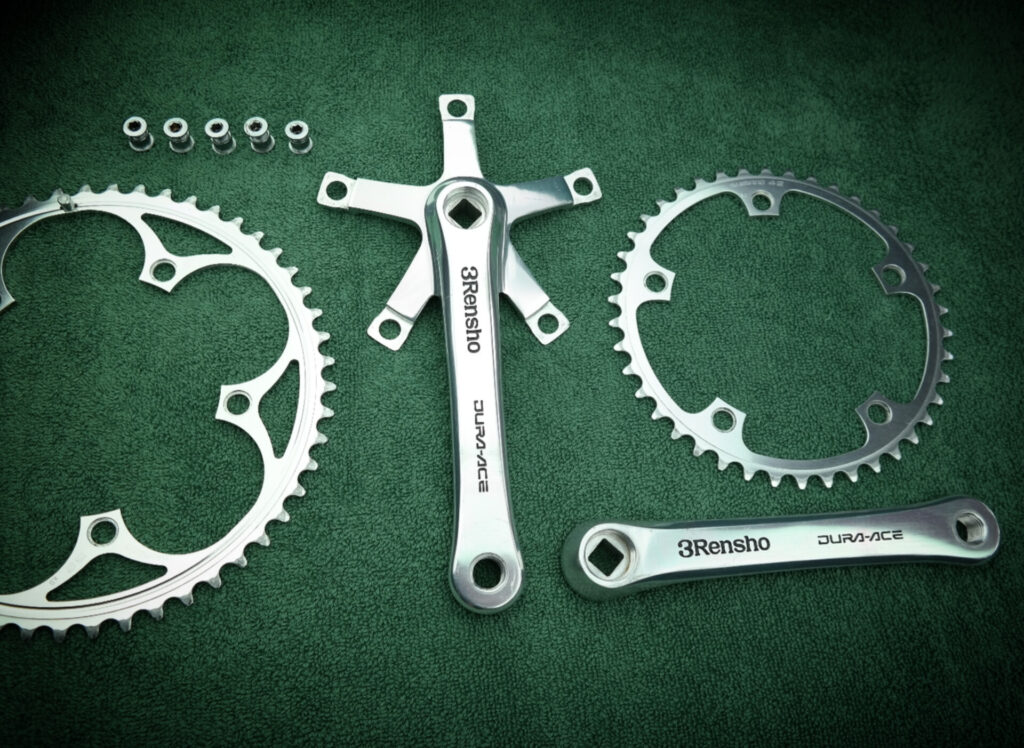

I have a Colnago super and would like the campagnolo crank arms and seatpost pantographed Colnago. I am in the USA. What would be the cost including shipping.
Hello,
I’m sorry for the delayed reply. My name is Zsolt from ” #lavievelo_classique”
Thank you for your interest, please send me photos of your bike or the crankset and seat post that you would to panto.
Thank you
Best regards
Zsolt Abraham
#lavievelo_classique
Pingback: 3Rensho Modeulo Katana Road | djcatnap.com